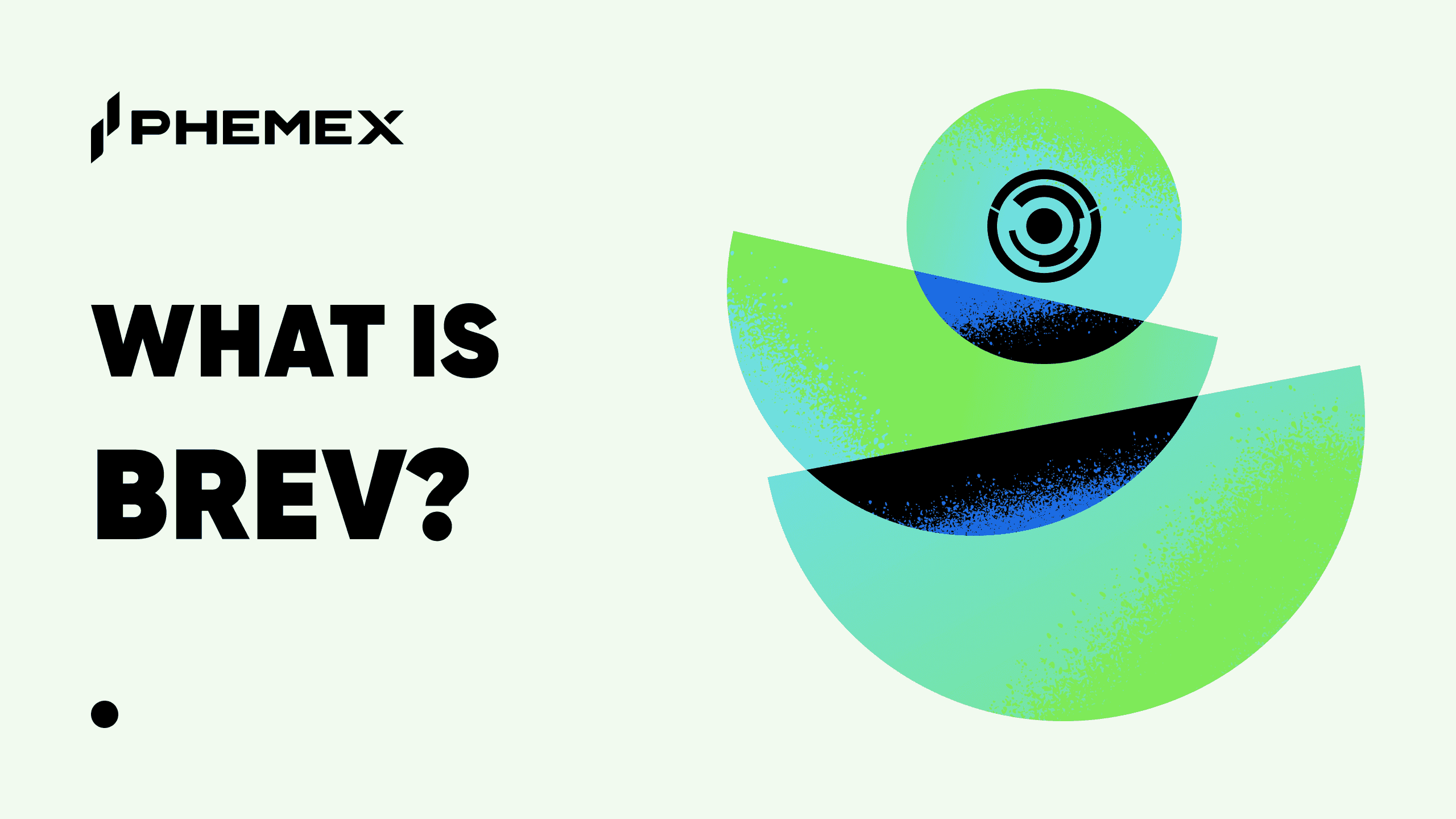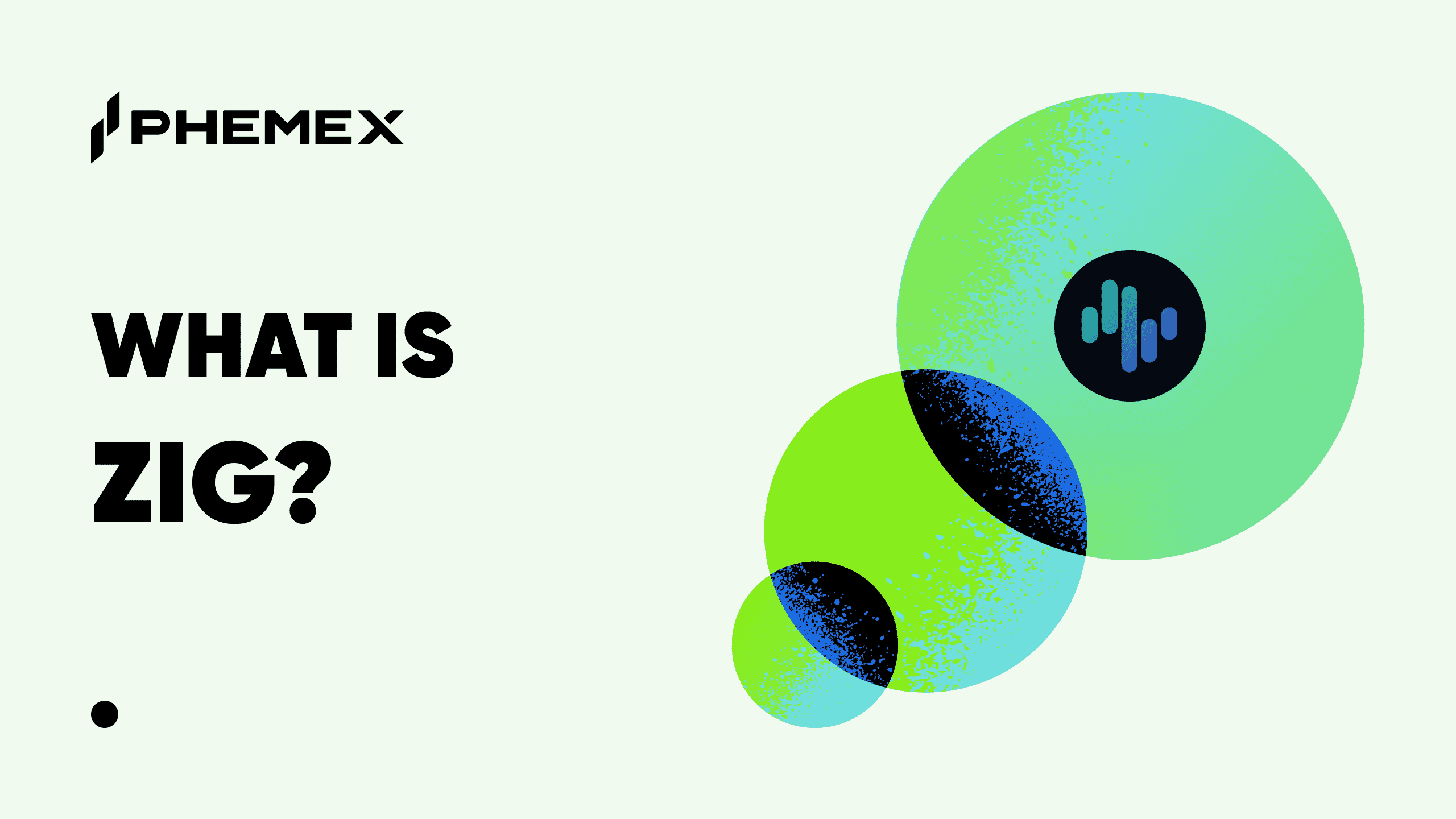Summary
- Hedera Hashgraph is a form of DLT that potentially allows for higher throughputs than even traditional centralized systems.
- Hedera Hashgraph can check the validity and timestamp of every communication made between nodes on the network and can bring the system to a consensus much faster than on a blockchain.
- Hedera’s native hashgraph token, HBAR enables users to pay for network services, access data, manage fungible tokens, and more, in exchange for bandwidth consumption and storage.

Bitcoin was the world’s first practical implementation of a decentralized peer-to-peer payments network, but decentralized networks have been around for a lot longer than Bitcoin. Blockchains work on the fundamental concept of decentralized consensus, where all the nodes on the network agree on the state of the public ledger.
Without proper protocols in place, bad actors on a network could manipulate the state of the ledger to their benefit, enabling them to steal other people’s money and even create double spends. Bitcoin’s solution to this dilemma is its Proof-of-Work consensus mechanism, which incentivizes ‘miners’ to validate transactions for a shot at winning a reward.
Bitcoin is byzantine fault-tolerant (BFT), meaning the network can achieve consensus even if a fraction of the network acts maliciously. However, with traditional offerings like Visa and Mastercard providing throughputs of up to thousands of transactions per second (TPS), the Bitcoin network’s measly seven TPS is severely lacking.
There are many benefits to Bitcoin, but its blockchain may need to give way to a new form of decentralized ledger. Because with blockchain’s Distributed Ledger Technology (DLT), it can be hard to convey the network’s state to every node efficiently.
What is The Hedera Hashgraph?
In 2016, co-founder and CTO of Dapp platform Swirlds, Leemon Baird, created the Hedera Hashgraph – a new form of DLT that potentially allows for higher throughputs than even traditional centralized systems. In 2018, Hedera received over $100 million in funding, and the network’s public mainnet was opened up to developers a year later, including the distribution of its native HBAR token.
Hedera Hashgraph is an efficient, decentralized, publicly distributed ledger that facilitates transactions without a trusted intermediary. Hashgraph is a distributed consensus technology that uses two main algorithms to keep itself running: Gossip about Gossip and Virtual Voting.
Hashgraph vs Blockchain
Blockchain and Hashgraph are both distributed ledgers that enable cryptocurrency transactions securely and efficiently. However, while blockchain is best known for its application in storing information, making payments, and data verification, hashgraph is better used for developing secure and practical solutions using smart contracts.
Despite their similarities, the two DLT platforms are fundamentally different, and hashgraphs have a distinct advantage over blockchains in several aspects. For example, Hedera Hashgraph can check the validity and timestamp of every communication made between nodes on the network and can bring the system to a consensus much faster than on a blockchain.
What is Hedera Hashgraph used for?
Hedera’s public network ensures fairness in three aspects: access, order, and timestamps. Fairness of access determines how randomly its nodes will receive transaction requests, so no individual node can block a specific party from making transactions without another node being available. Fairness of order means transactions are arranged according to timestamps into the hashgraph, preventing other users from bribing miners to cut ahead of the queue or revert the network’s state.
On a hashgraph, information gets sent to random nodes through a process called Gossip, which allows the entire network of nodes to access new information as quickly as possible, with the system taking the median of the receipt timestamps to determine the global transaction order. Hedera’s Gossip protocol then takes things a step further with Gossip about Gossip, adding the hash values of the previous node and its timestamp to the sent data, allowing every node to maintain the network’s full history of transactions.
Hedera functions using an asynchronous BFT consensus mechanism and is believed to be one of the most bandwidth-efficient technologies available. Even in terms of transaction costs, Hedera Hashgraph’s average fee is less than a cent, whereas Bitcoin’s fees can escalate to many dollars during periods of high network activity. It also ranks better in terms of power consumption, unlike Bitcoin’s Proof-of-Work algorithm, which is much less energy-efficient despite offering only a fraction of the performance.
The Advantages of Hedera Hashgraph
Hashgraph is a beneficial platform for anyone interested in decentralized digital payment networks, including both retail and institutional investors, and creates a space for people to exchange value, verify data, and much more. Like blockchains, a hashgraph does not allow miners to change the order of transactions. However, Hedera miners are relatively more limited in what they can do with incoming transactions.
Unlike Bitcoin, Hedera doesn’t allow miners to choose orders, delay actions, or even prevent transactions from being added to the hashgraph — a feature included in traditional blockchain systems. Additionally, it also has a fee and reward model that applies to all cryptocurrency transactions. Hashgraph was originally created to be a basic consensus protocol that made crypto transactions and other related processes faster. With transactions on Bitcoin regularly taking more than an hour to complete, there arose a need to find faster and more reliable methods of making payments with digital assets.
What is the HBAR Token?
Hedera’s native hashgraph token, HBAR, powers the network’s DeFi ecosystem, enabling both developers and investors to pay for network services, access data, manage fungible tokens, and more, in exchange for bandwidth consumption and storage. The network’s weighted voting with HBAR also makes it significantly more difficult for attackers to influence the network maliciously.
Adoptions of the hashgraph technology
Hedera is an official consolidation of 40 governing bodies from different industries, including Google, IBM, Tata Communications, Wipro, Boeing, and LG. It is responsible for managing the codebase, regulating the treasury, ensuring maximum network security, enhancing internal adjustability, and maintaining strict compliance with regulatory policies within the architecture of the network.
Each member of the Hedera Governing Council has equal voting rights (2.56%). They are all subject to a three-year term, with a limit of two consecutive terms. The exception to this rule is Swirlds Inc., the owner and licensor of hashgraph technology. Swirlds will always have a seat on Hedera’s council, but through distributing membership across different industries and regions, no one industry is at a significant disadvantage.
Hashgraph technology is also protected by a patent, with an irrevocable license in perpetuity to Hedera’s public network. Under the execution of the governing council, this level of legal control is supposed to prevent the network from forking, which research shows are a huge barrier for institutional adoption of blockchain and other DLT-based technology. However, to maintain code transparency, the hashgraph algorithm’s code is open-review, enabling developers and node hosters to ensure its safety.
The Hedera network is also highly resistant to various kinds of network attacks. Besides being Sybil resistant, the system can also protect against malicious network partitions, DDoS Attacks, round-robin attacks, botnet attacks, and more. It’s also immune to mining conspiracy, and its algorithm’s foundation in a Proof-of-Stake consensus model prevents it from starting a race for the best hardware.
Hashgraph also makes it much easier to use smart contracts on distributed ledgers. Smart contracts are digital snippets of code that define, confirm, verify, and implement a certain transaction through software programming in a fully trustless environment. Once a smart contract is deployed and its code executed on the network, the system cross-examines transaction details with user credentials, and carries out all the necessary steps defined.
Other vital features that Hedera makes simpler are financial settlements and fraud mitigation. Both HBAR and HTS, the native token for its Hedera Token Service platform, are used for settling transactions worth millions of dollars in digital assets each day. Hashgraph also acts as a development framework for Decentralized Finance (DeFi) applications to offer services like lending, borrowing, and staking on the network.
Composability is an incredibly important factor for any developer ecosystem, allowing programmers to build on top of the infrastructure built by others before them. Though Hedera is yet to create a viable, self-sustaining ecosystem for building useful DeFi applications as an autonomous body, experts see immense potential.
Hedera’s Main Services
The Hedera network offers two main services, which are either consensus-related or token-related.
1. The Hedera Consensus Service
Its Hedera Consensus Service (HCS) allows clients to upload messages onto the Hedera network, where they can be accessed for consensus timestamping and placing orders. However, with HCS, there is no need to store any information about the state of the message into consensus nodes as users can track all of its application and data states independently off-chain.
2. The Hedera Token Service
On the other hand, the Hedera Token Service (HTS) deals with native tokenization, bestowing value upon otherwise worthless stores of data, such as a string of characters representing a bank account number. It also has multi-sig capabilities and can perform native atomic swaps on the network.
Clients use HTS to create their own tokens, and the system offers full control over their management, including the token supply and KYC compliance. Hedera Hashgraph offers a myriad of features and powerful advantages, but from its proxy stakers to the core network nodes, Hedera is also limited in various circumstances. While the hashgraph offers ways of ensuring consensus on decentralized networks, Hedera is still under supervision from centralized organizations on its governing council.
In addition, despite its claims of being able to process thousands of transactions per second, the Hedera network regularly clogs up, causing hours of transaction delays. In fact, its high transaction throughput claims are only valid for basic token transfers and not for smart contract calls.
The hashgraph structure has also faced criticism from experts worldwide, especially around how it runs its consensus service parallel to all other processes on the network, which allows users to access its API to view details of past transactions and check the state of their account balances.
The API returns various responses based on the transaction in question. However, a misunderstanding surrounding how Hedera handles ‘state proofs’ initially led to some confusion. Though people assumed the network’s state proofs were simple receipts from nodes, they also sign a Merkle Root, which shows the current account balance in the queried state and acts as proof of payment in the hashgraph’s verification process.
Hashgraphs have also been claimed to be less technically constrained by blockchains. According to Cornell professor and founder of Ava Labs, Emin Gun Sirer, “The correctness of the entire Hashgraph protocol seems to hinge on every participant knowing and agreeing upon [the] total number of participants in the system, [which is] a difficult number to determine in an open distributed system.”
However, Baird countered this point, stating that all the network’s nodes always know how many nodes there are at a given point in time. In fact, using virtual voting and gossip about gossip, every node on the network not only knows the state of other nodes but the history of every node’s state on the network.
Conclusion
Blockchain is undoubtedly still finding its feet, and while Bitcoin and other altcoins still have to improve before the technology can go mainstream, a lot of progress has been made over just the last ten years. As developers continue to build on Hedera’s platform, opening the network up to a myriad of opportunities for DeFi and decentralized applications, the hashgraph could be what takes blockchain to the next level.
Read More
- Phemex Analysis in A Minute: Bull or Bear? The HBAR Playbook!
- What is High-Frequency Trading and How does HFT work?
- Hyperledger: The Framework for Enterprise-Grade Blockchain Solutions
- What is Sharding in Blockchain?
- What Are Decentralized Applications (dapps)?
- What Is Distributed Ledger Technology (DLT)?
- What is Blockchain Technology: The Biggest Misconception About It
- What is Hathor Network (HTR): An Alternative Scalable Cryptocurrency








